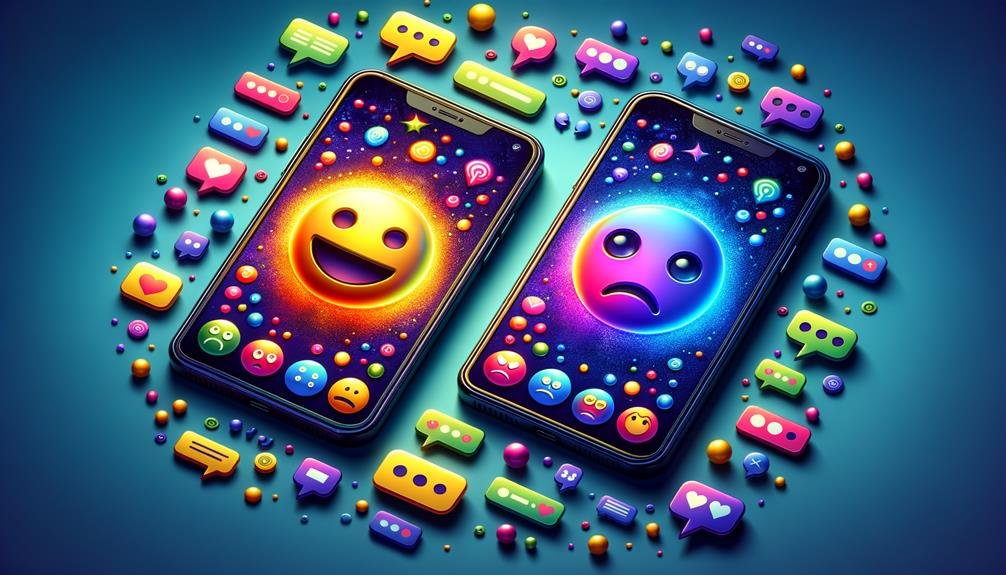In the era of digital transformation, communication has transcended the boundaries of face-to-face interactions, paving the way for an increasingly virtual mode of exchange. This shift, while offering unparalleled convenience, brings its own set of challenges, particularly in conveying and interpreting tone. Inspired by Erica Dhawan's groundbreaking work on Digital Body Language, this blog post delves into the nuances of tone in digital communication and outlines strategies to avoid misinterpretations, ensuring your message is both received and understood as intended.
The Challenge of Tone in Digital Communication
The absence of physical cues in digital communication - the facial expressions, body language, and vocal tones that convey so much in person - can lead to misunderstandings. Text-based communication, be it emails, texts, or social media posts, often leaves too much room for interpretation. A simple period at the end of a sentence can be perceived as passive-aggressive, or a delayed response can seed doubt about the sender's interest or sincerity.
Common Causes for Tone Misinterpretation
Ambiguity: Without visual or auditory cues, the recipient may find it challenging to discern the sender's mood, sarcasm, humor, or sincerity, leading to potential misinterpretation.
Overdependence on Short Forms and Emojis: While they can aid in conveying emotion, reliance on these can also lead to confusion, especially across generational or cultural divides.
Projection: Recipients may project their current emotional state or expectations onto the message, skewing their interpretation.
Strategies to Ensure Accurate Tone Transmission
Clarity Is Key: Aim for clear, concise communication. When drafting a message, ask yourself, "Could this be misinterpreted?" If yes, revise.
Use Emojis Judiciously: A well-placed smiley can soften a message or clarify intent, but use them sparingly and appropriately to avoid diluting your message or causing confusion.
Provide Context: When possible, offer a brief context at the beginning of your message to guide the recipient's understanding. For example, saying, "I'm sharing this thought with excitement..." can set the tone.
Read Aloud Before Sending: Hearing the words can help you catch potential ambiguities or harsh tones that might be interpreted negatively.
Interpreting Others' Tones Accurately
Assume Positive Intent: Start from the assumption that the sender has positive intentions. This mindset can diffuse potential misunderstandings.
Seek Clarification: If a message's tone is unclear, don't hesitate to ask for clarification. A simple, "Could you elaborate on this point?" can go a long way.
Consider the Sender's Style: Everyone has a unique digital communication style. Reflect on past communications to better understand the sender's typical tone and nuances.
Call to Action for Leaders
Misinterpretations in digital communication are common, but they're also avoidable. By applying the strategies outlined above, leaders can enhance their digital body language, fostering clearer, more effective communication within their teams and networks.
As an aspiring, growing, or improving leader, take a moment today to reflect on your recent digital communications. Ask yourself if there's room for improvement in how you convey or interpret tone. Implementing even one of these strategies can significantly impact your digital interactions, leading to more positive and productive exchanges.
If you're seeking to elevate your leadership and communication skills further, remember that guidance from a seasoned coach can provide personalized strategies and insights. Feel free to reach out if you're interested in exploring how coaching can support your growth as a leader. Together, we can refine your skills, helping you to lead with confidence, clarity, and empathy in the digital age.
Edward Schaefer is a professional executive leadership and development coach, specializing in fostering modern leadership skills, positive psychology, and effective communication strategies. Through a combination of evidence-based practices and a supportive, challenging approach, Edward helps leaders and executives grow, develop psychological safety within their teams, and navigate the complexities of digital communication with ease.

